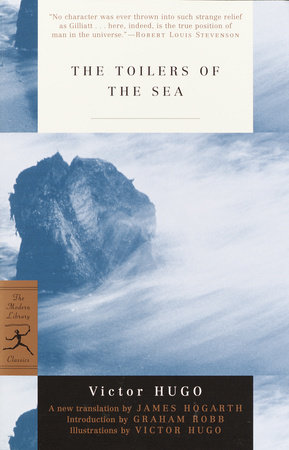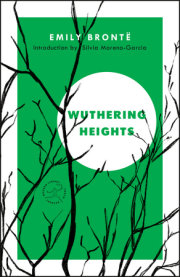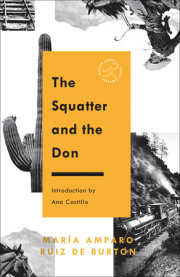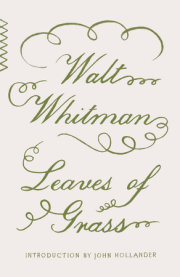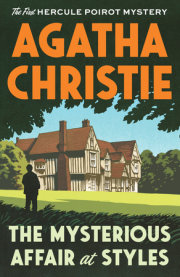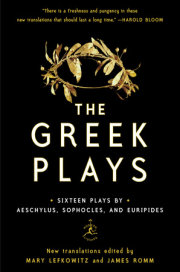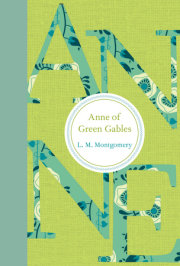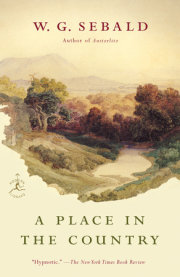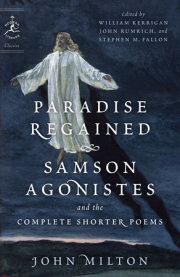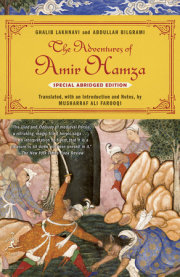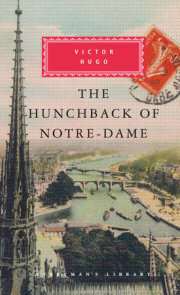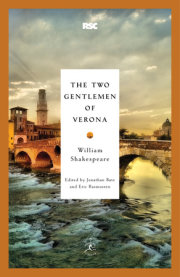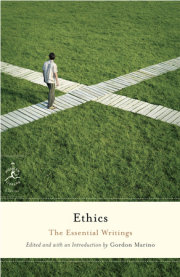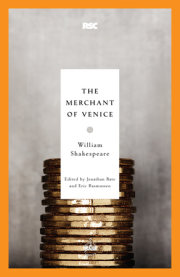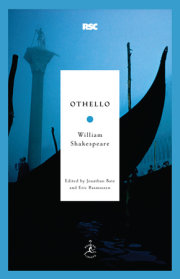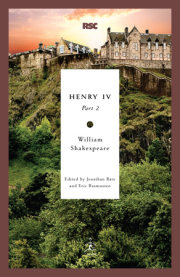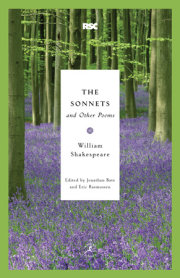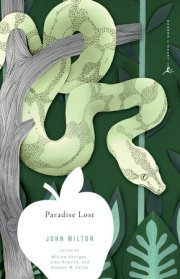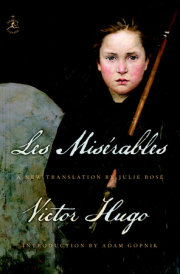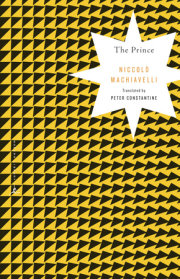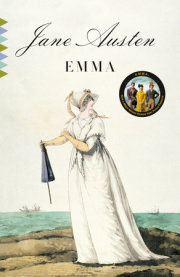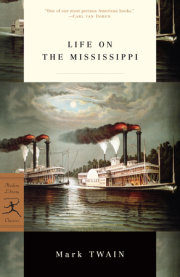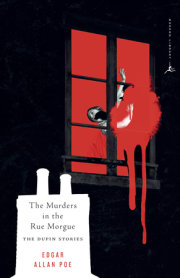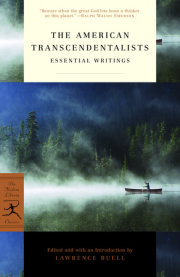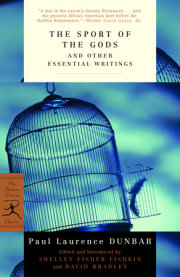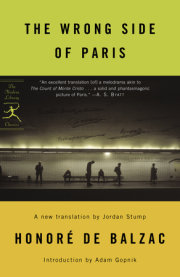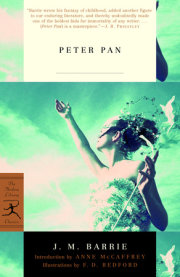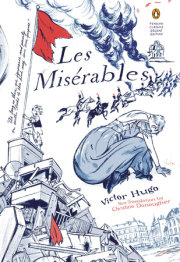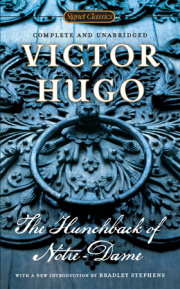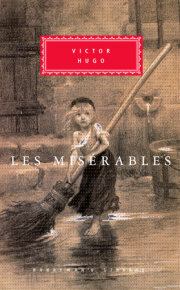Chapter 1
I
Ancient Cataclysms
The Atlantic wears away our coasts. The pressure of the current from the Pole deforms our western cliffs. This wall that shields us from the sea is being undermined from Saint-Valery-sur-Somme to Ingouville; huge blocks of rock tumble down, the sea churns clouds of boulders, our harbors are silted up with sand and shingle, the mouths of our rivers are barred. Every day a stretch of Norman soil is torn away and disappears under the waves.
This tremendous activity, which has now slowed down, has had terrible consequences. It has been contained only by that immense spur of land we know as Finistère. The power of the flow of water from the Pole and the violence of the erosion it causes can be judged from the hollow it has carved out between Cherbourg and Brest. The formation of this gulf in the Channel at the expense of French soil goes back before historical times; but the last decisive act of aggression by the ocean against our coasts can be exactly dated. In 709, sixty years before Charlemagne came to the throne, a storm detached Jersey from France. The highest points of other territories submerged in earlier times are still, like Jersey, visible. These points emerging from the water are islands. They form what is called the Norman archipelago. This is now occupied by a laborious human anthill. The industry of the sea, which created ruin, has been succeeded by the industry of man, which has made a people.
II
GuernseyGranite to the south, sand to the north; here sheer rock faces, there dunes. An inclined plane of meadowland with rolling hills and ridges of rock; as a fringe to this green carpet, wrinkled into folds, the foam of the ocean; along the coast, low-built fortifications; at intervals, towers pierced by loopholes; lining the low beaches, a massive breastwork intersected by battlements and staircases, invaded by sand and attacked by the waves, the only besiegers to be feared; windmills dismasted by storms, some of them-at the Vale, Ville-au-Roi, St. Peter Port, Torteval-still turning; in the cliffs, anchorages; in the dunes, sheep and cattle; the shepherds' and cattle herds' dogs questing and working; the little carts of the tradesmen of the town galloping along the hollow ways; often black houses, tarred on the west side for protection from the rain; cocks and hens, dung heaps; everywhere cyclopean walls; the walls of the old harbor, now unfortunately destroyed, were a fine sight, with their shapeless blocks of stone, their massive posts, and their heavy chains; farmhouses set amid trees; fields enclosed by waist-high drystone walls, forming a bizarre checkerboard pattern on the low-lying land; here and there a rampart built around a thistle, granite
cottages, huts looking like casemates, little houses capable of withstanding a cannonball; occasionally, in the wildest parts of the country, a small new building topped by a bell-a school; two or three streams flowing through the meadows; elms and oaks; a lily found only here, the Guernsey lily; in the main plowing season, plows drawn by eight horses; in front of the houses, large haystacks on circular stone bases; expanses of prickly furze; here and there gardens in the old French style with clipped yew trees, carefully shaped box hedges and stone vases, mingled with orchards and kitchen gardens; carefully cultivated flowers in countryfolk's gardens; rhododendrons among potatoes; everywhere seaweed laid out on the grass, primrose-colored; in the church yards no crosses, but slabs of stone standing erect, seeming in the moonlight like white ladies; ten Gothic bell towers on the horizon; old churches, new dogmas; Protestant worship housed in Catholic architecture; scattered about in the sand and on the promontories, the somber Celtic enigma in its various forms-menhirs, peulvens, long stones, fairy stones, rocking stones, sounding stones, galleries, cromlechs, dolmens, fairies' houses; remains of the past of all kinds; after the druids the priests; after the priests the rectors; memories of falls from heaven; on one point Lucifer, at the castle of the Archangel Michael; on another, Icart Point, Icarus; almost as many flowers in winter as in summer. This is Guernsey.
III
Guernsey (continued)Fertile land, rich, strong. No better pasturage. The wheat is celebrated; the cows are illustrious. The heifers grazing the pastures of St. Peter-in-the-Wood are the equals of the famed sheep of the Confolens plateau. The masterpieces produced by the plow and pastureland of Guernsey win medals at agricultural shows in France and England.
Agriculture benefits from well-organized public services, and an excellent network of communications gives life to the whole island. The roads are very good. Lying on the ground at the junction of two roads is a slab of stone bearing a cross. The earliest known bailiff of Guernsey, recorded in 1284, the first on the list, Gaultier de la Salle, was hanged for various acts of iniquity, and this cross, known as the Bailiff's Cross, marks the spot where he knelt and prayed for the last time. In the island's bays and creeks the sea is enlivened by the multicolored, sugarloaf-shaped mooring buoys, checked red and white, half black and half yellow, variegated in green, blue, and orange in lozenge, mottled and marble patterns, which float just under the water. Here and there can be heard the monotonous chant of a team hauling some vessel, heaving on the towrope. Like the fishermen, the farmworkers look content with their lot; so, too, do the gardeners. The soil, saturated with rock dust, is powerful; the fertilizer, which consists of sand and wrack, adds salt to the granite. Hence the extraordinary vitality and richness of the vegetation-magnolias, myrtles, daphnes, rose laurels, blue hydrangeas; the fuchsias are overabundant; there are arcades of three-leaved verbenas; there are walls of geraniums; oranges and lemons flourish in the open; there are no grapes, which ripen only under glass but when grown in greenhouses are excellent; camellias grow into trees; aloe flowers can be seen in gardens, growing taller than a house. Nothing can be more opulent and prodigal than this vegetation that masks and ornaments the trim fronts of villas and cottages.
Attractive on one side, Guernsey is terrible on the other. The west coast of the island, exposed to winds from the open sea, has been devastated. This is a region of coastal reefs, squalls, careening coves, patched-up boats, fallow land, heath, poor hovels, a few low, shivering hamlets, lean sheep and cattle, short salty grass, and a general air of harsh poverty. Lihou is a small barren island just off the coast that is accessible at low tide. It is covered with scrub and rabbit burrows. The rabbits of Lihou know the time of day, emerging from their holes only at high tide and setting man at defiance. Their friend the ocean isolates them. Fraternal relations of this kind are found throughout nature.
If you dig down into the alluvial soil of Vazon Bay you come upon trees. Here, under a mysterious layer of sand, there was once a forest.
The fishermen so harshly treated by this wind-beaten west coast make skillful pilots. The sea around the Channel Islands is peculiar. Cancale Bay, not far away, is the spot in the world where the tides rise highest.
IV
The GrassThe grass of Guernsey is the same grass as anywhere else, though a little richer: a meadow on Guernsey is almost like a lawn in Cuges or Gémenos.2 You find fescues and tufted hair-grasses, as in any other grass, together with common star-grass and floating manna grass; mountain brome, with spindle-shaped spikelets; the phalaris of the Canaries; agrostis, which yields a green dye; rye grass; yellow lupin; Yorkshire fog, which has a woolly stem; fragrant vernal grass; quaking grass; the rain daisy; wild garlic, which has such a sweet flower but such an acrid smell; timothy grass; foxtail, with an ear in the shape of a club; needle grass, which is used for making baskets; and lyme grass, which is useful for stabilizing shifting sands. Is this all? By no means: there are also cocksfoot, whose flowers grow in clusters; panic millet; and even, according to local agricultural experts, bluestem grass. There are the bastard hawkweed, with leaves like the dandelion, which marks the time of day, and the sow thistle of Siberia, which foretells the weather. All these are grasses, but this mixture of grasses is not to be found everywhere: it is peculiar to the archipelago. It requires granite for its subsoil and the ocean to water it.
Now imagine a thousand insects crawling through the grass and flying above it, some hideous, others charming; under the grass longicorns, longinases, weevils, ants engaged in milking aphids, their milch cows, dribbling grasshoppers, ladybirds, click beetles; on the grass and in the air dragonflies, ichneumons, wasps, golden rose-beetles, bumblebees, lace-winged flies, red-bellied gold wasps, the noisy hoverflies-and you will have some idea of the reverie-inducing spectacle that the Jerbourg ridge or Fermain Bay, around midday in June, offers an entomologist who is something of a dreamer or a poet who is something of a naturalist.
Suddenly, under this sweet green grass, you will notice a small square slab of stone inscribed with the letters WD, which stand for War Department. This is fair and proper. It is right that civilization should show itself here: otherwise the place would be wild. Go to the banks of the Rhine and seek out the most isolated corners of the landscape. At some points it is so majestic that it seems pontifical: God, surely, must be more present here than elsewhere.
Penetrate into the remote fastnesses where the mountains offer the greatest solitude and the forests the greatest silence; choose, let us say, Andernach and its surroundings; visit the obscure and impassive Laacher See, so unknown that it is almost mysterious. No tranquillity can be found more august than this; universal life is here in all its religious serenity; no disturbances; everywhere the profound order of nature's great disorder; walk with a softened heart in this wilderness; it is as voluptuous as spring and as melancholy as autumn; wander about at random; leave behind you the ruined abbey, lose yourself in the moving peace of the ravines, amid the song of birds and the rustle of leaves; drink fresh spring water in your cupped hand; walk, meditate, forget. You come upon a cottage at the corner of a hamlet buried under the trees; it is green, fragrant, and charming, clad in ivy and flowers, full of children and laughter. You draw nearer, and on the corner of the cottage, which is bathed in a brilliant alternation of shadow and sunlight, on an old stone in the old wall, below the name of the hamlet, Niederbreisig, you read 22. landw. bataillon 2. comp.
You thought you were in a village: you find that you are in a regiment. Such is the nature of man.
Copyright © 2002 by Victor Hugo. All rights reserved. No part of this excerpt may be reproduced or reprinted without permission in writing from the publisher.

